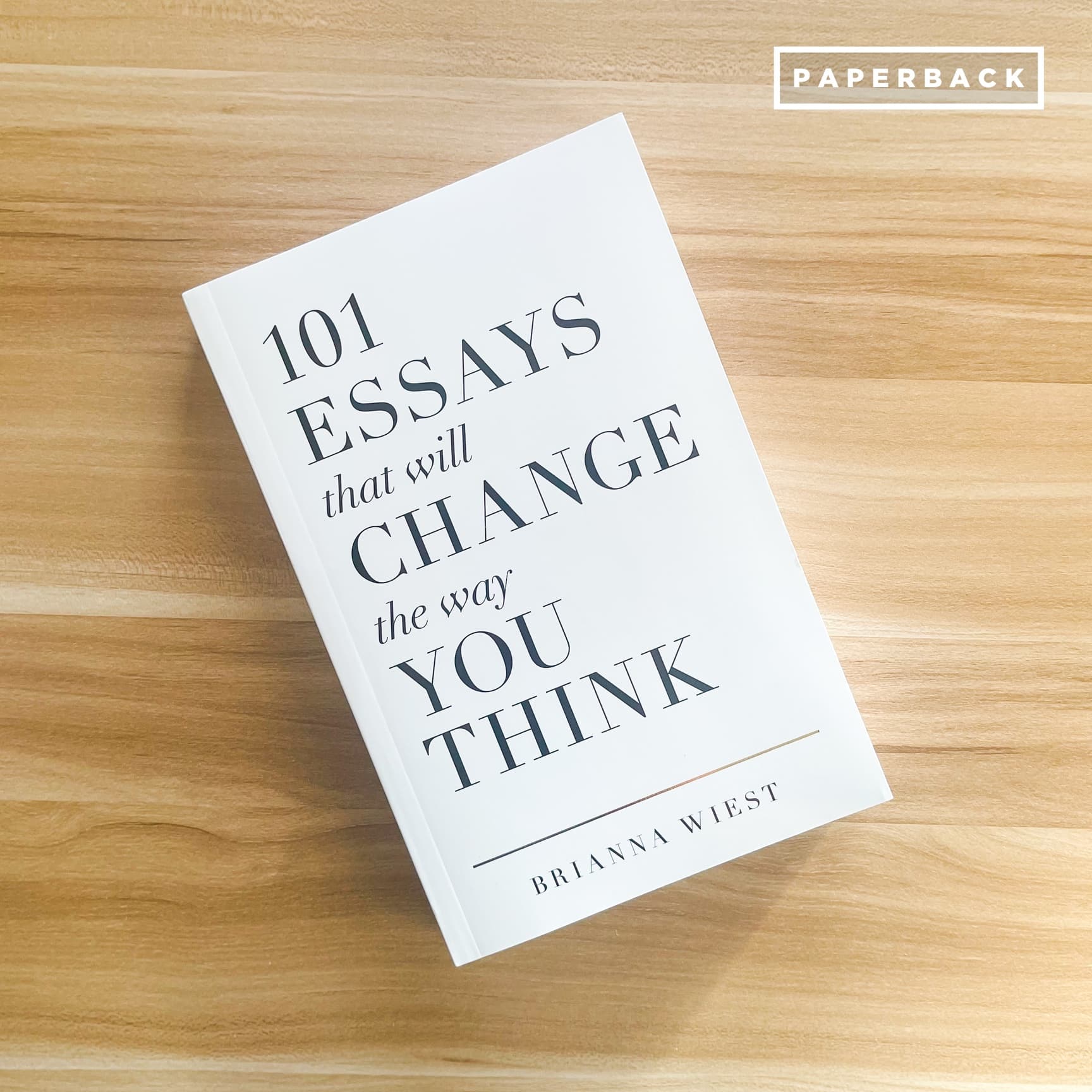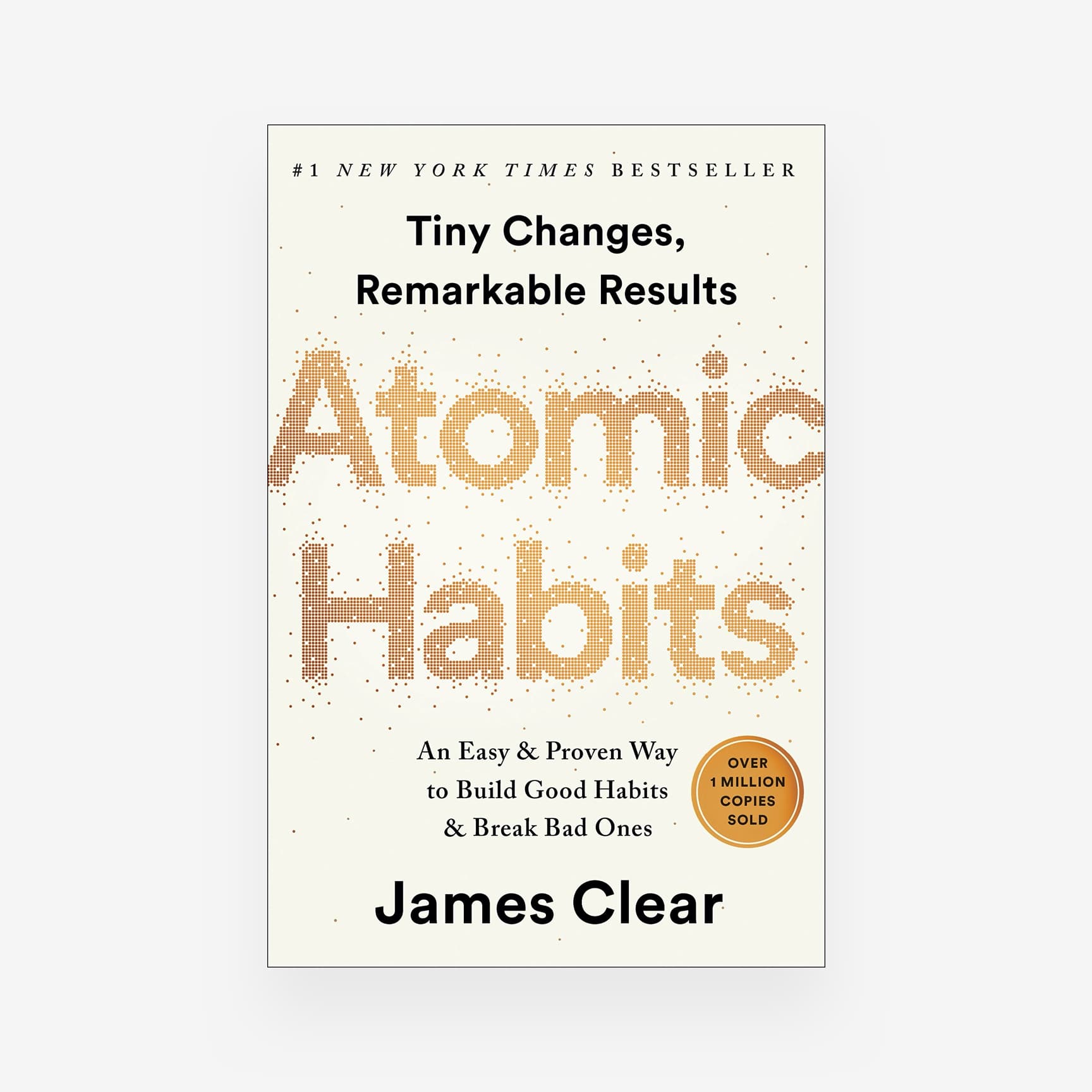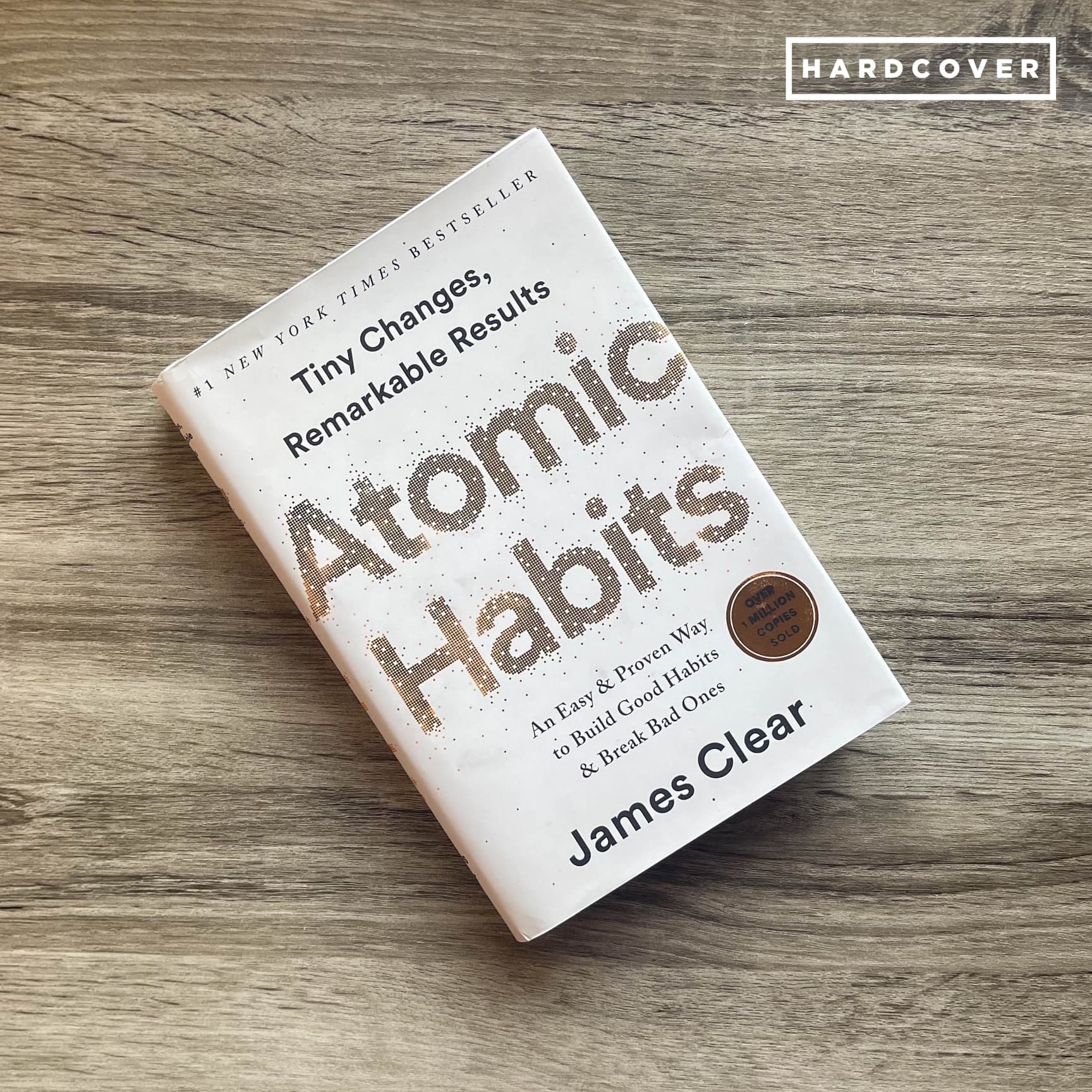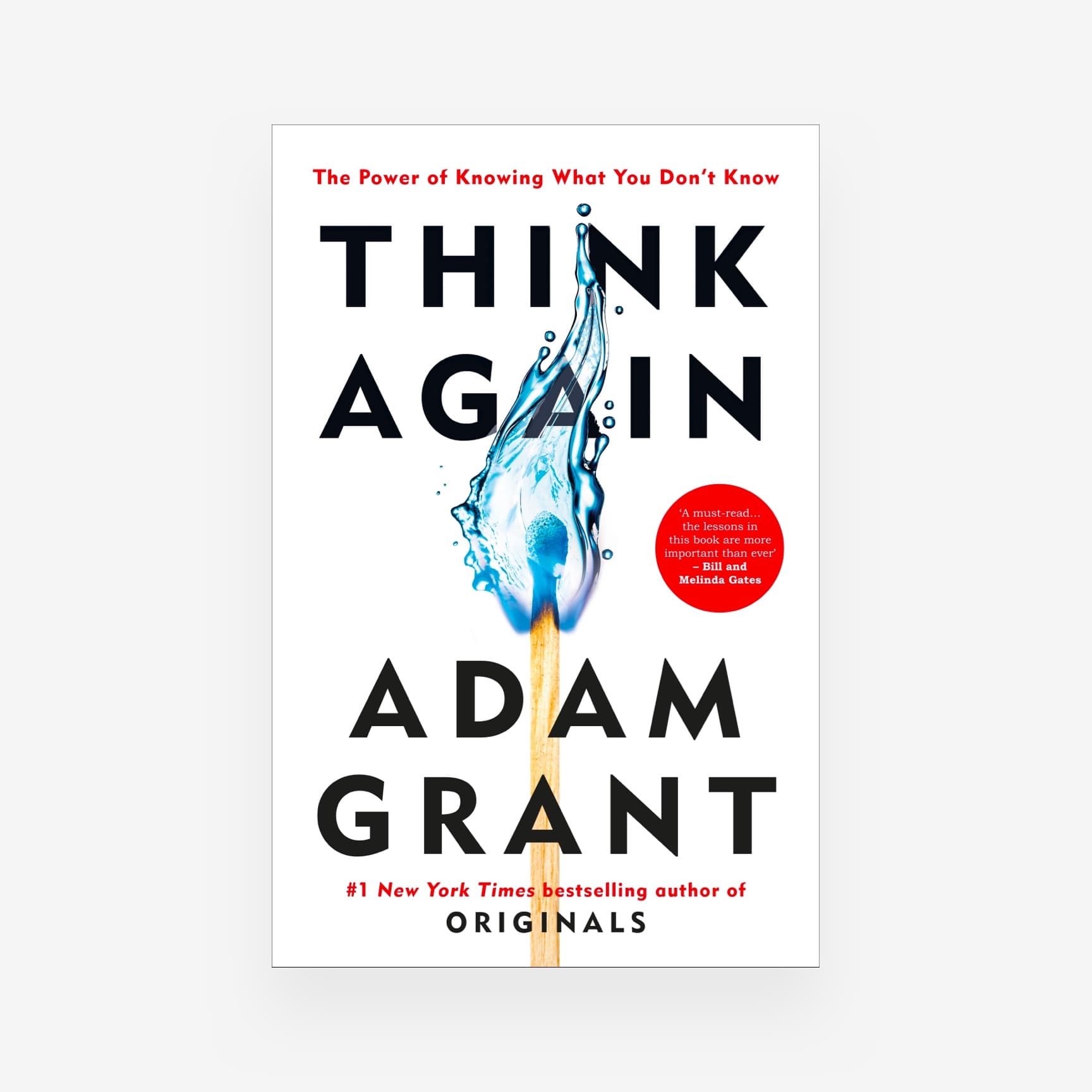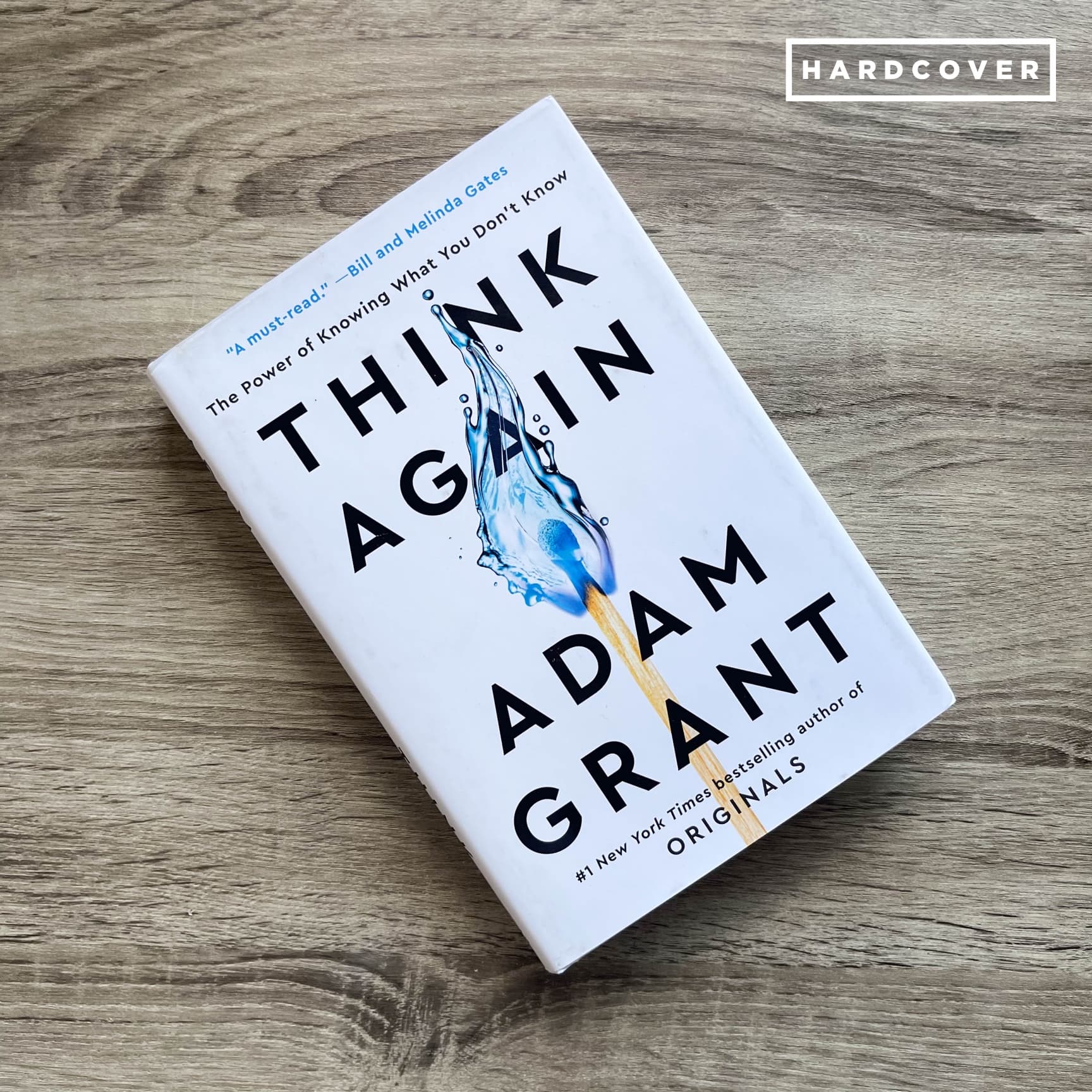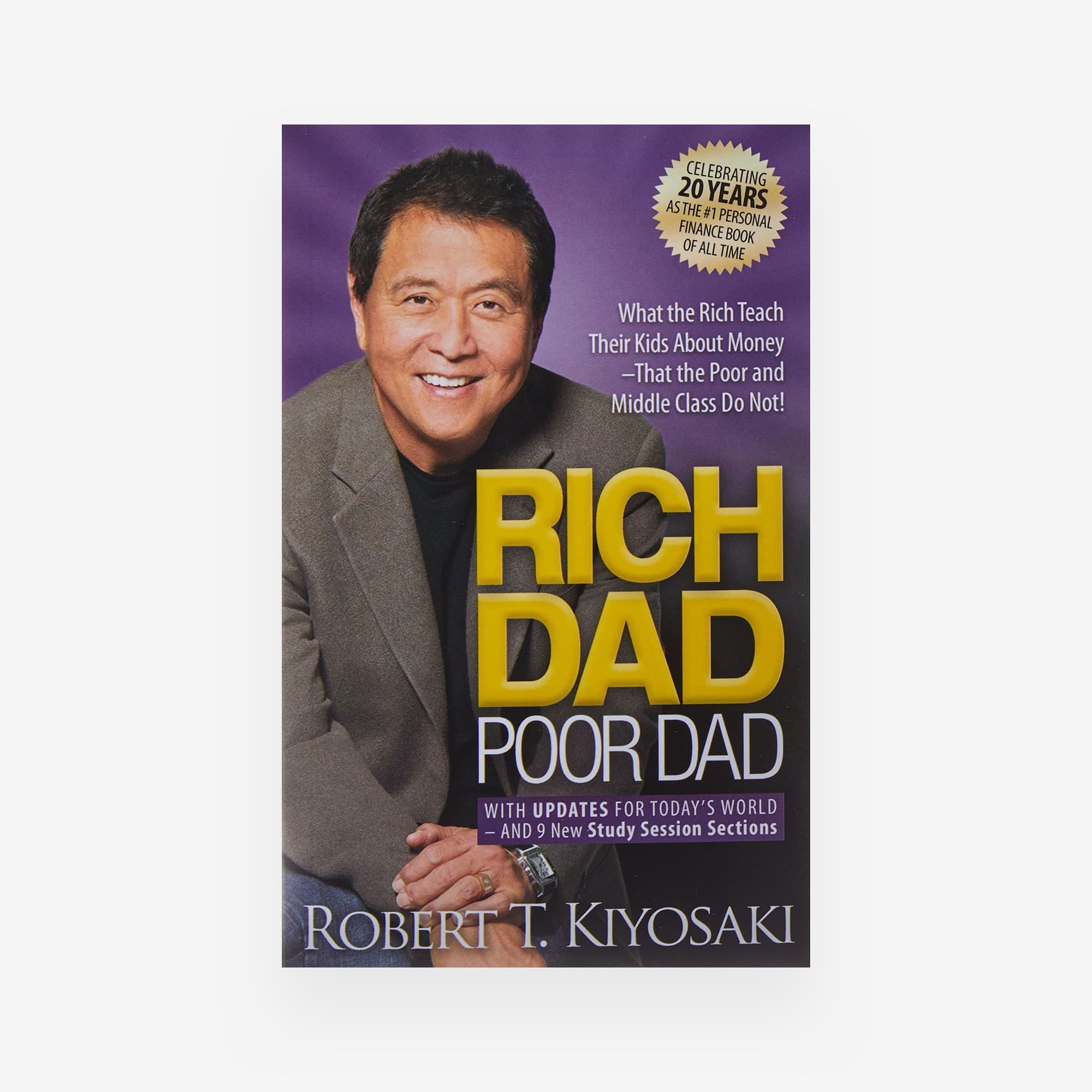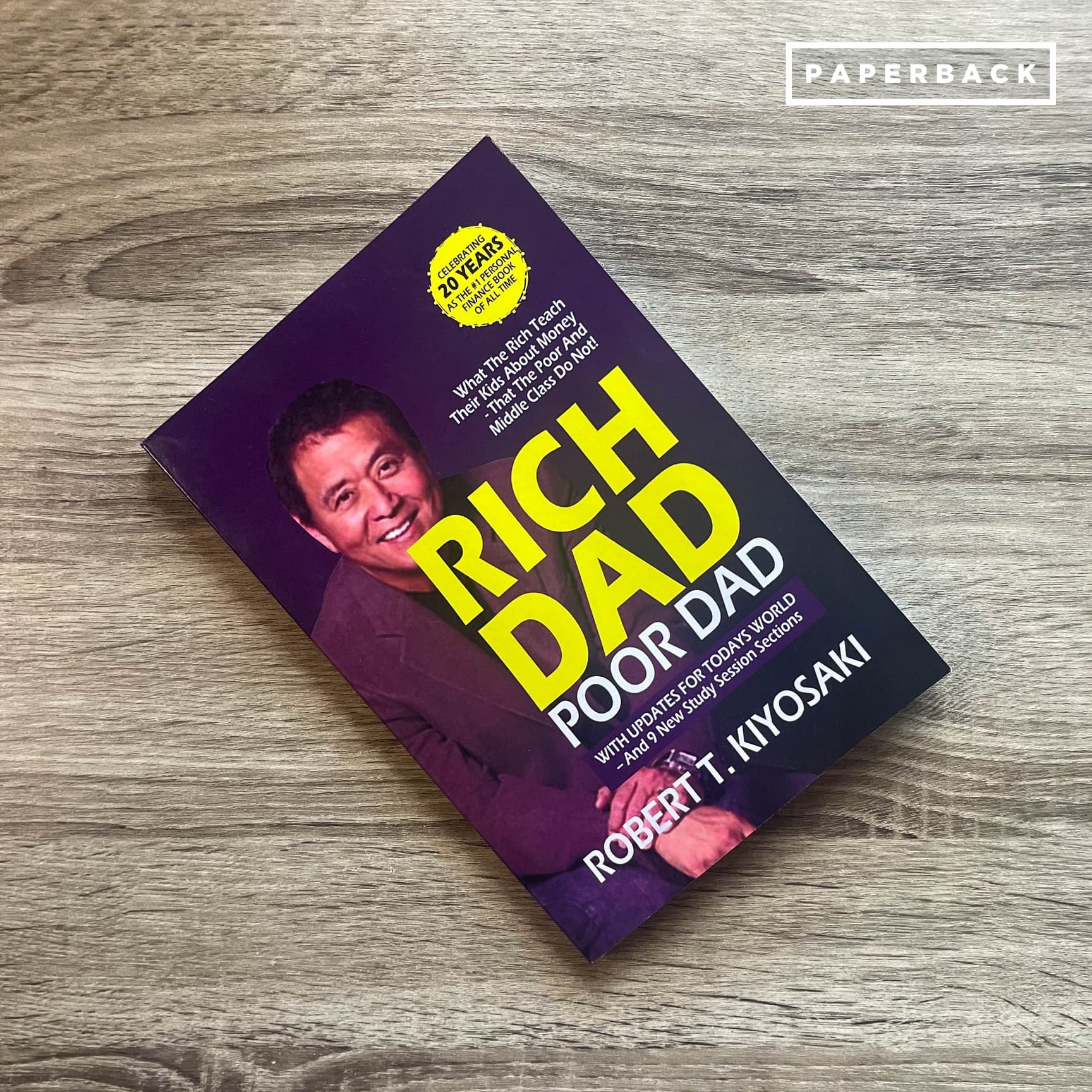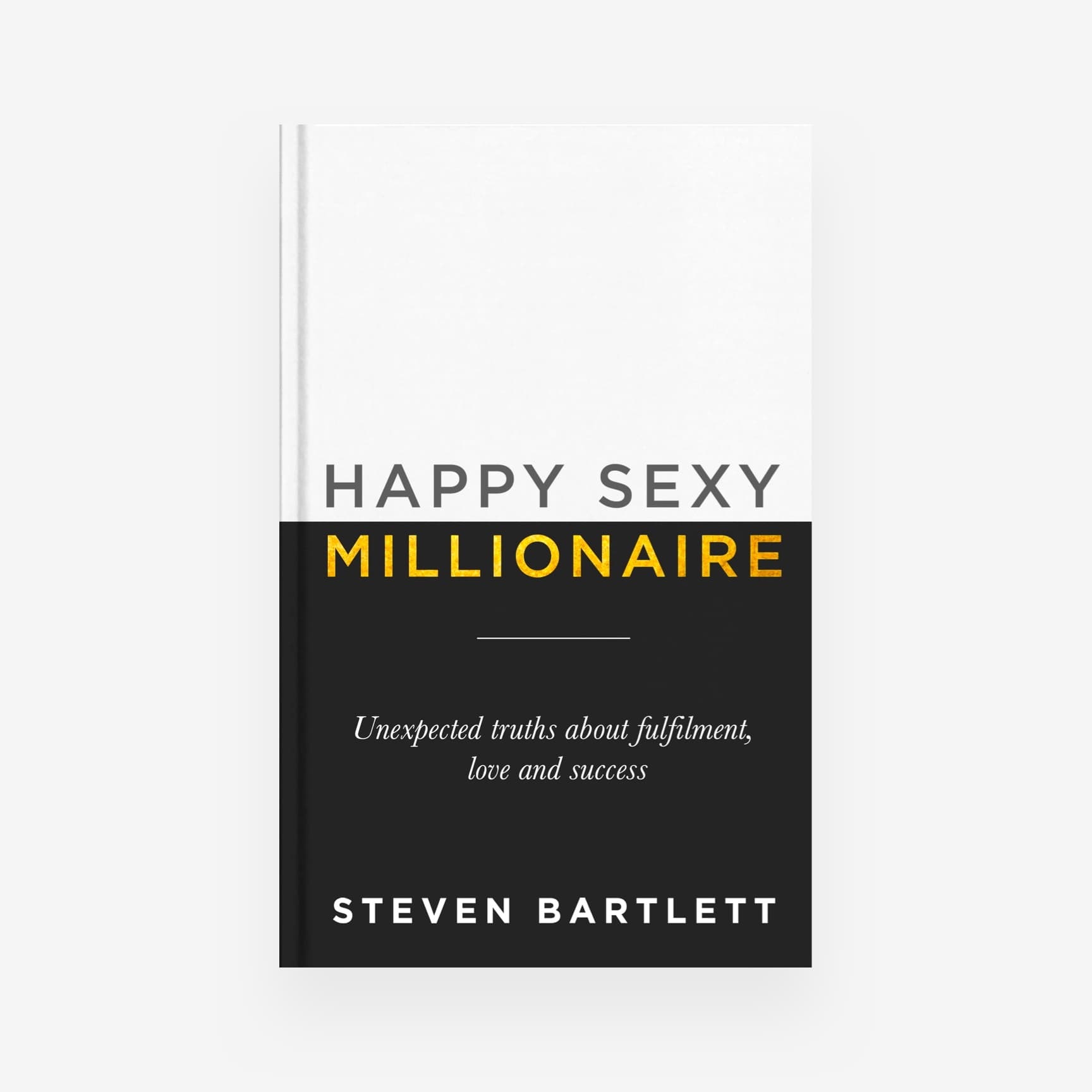Rich Dad Poor Dad by Robert Kiyosaki, which was first released in 1997, immediately gained popularity among those who are curious about investment, money, and the world economy. The book is now the best-selling personal finance book of all time at every online bookstore in the Philippines and has been published in numerous languages.
It dispels the fallacy that wealthy people are born wealthy, explains why your home may not actually be an asset, outlines the true distinction between a liability and an asset, and much more.

Photo from the wires
Chapter Summaries:
There are ten chapters in all, including the prologue, in Rich Dad Poor Dad, although the first six segments or lessons receive the majority of the attention in most online bookstores in the Philippines..
The beginning and the first six lessons will be discussed first, followed by the final four sections shortly in this review.
Introduction
Two of his fathers had a significant impact on Robert Kiyosaki, writer of Rich Dad Poor Dad.
Kiyosaki's biological father, Poor Dad, was a brilliant and highly educated man. Poor Dad believed that the path to finding a well-paying career involved hard work, good grades, and study. However, despite these ostensibly advantageous characteristics, Poor Dad struggled financially.
The father of Kiyosaki's closest buddy was Rich Dad. He shared Kiyosaki's true father's work ethic, but with a twist. Rich Dad promoted financial literacy, understanding how money functions, and making money operate for you. Rich Dad eventually became a millionaire by using the power of money to his advantage despite being an eighth-grade dropout.
Kiyosaki describes how Rich Dad made money and the faults that Poor Dad made in the book from his point of view.
Chapter 1: The Rich Don’t Work for Money
Note that by emphasizing the word "money," this section takes on an altogether different meaning from what can be inferred from reading the chapter title as "The Rich Don't Work for Money" instead of "The Rich Don't Work for Money."
The bulk of wealthy people indeed put in a lot of labor, but they approach it differently than other people. Every day, wealthy people and those aspiring to wealth struggle to improve their knowledge of how to make money work for them. As Rich Dad says, “The poor and middle-class work for money. The rich have money to work for them.”
Chapter 2: Why Teach Financial Literacy?
An asset is one that has worth, generates income or increases in value, and has a place where it is simple to buy and sell the item:
- Assets generate income
- Assets appreciate
- Assets do both
Liabilities, on the other hand, cost you money because of the expenses related to them. When Kiyosaki originally wrote Rich Dad Poor Dad in 1997, he sparked a great deal of debate with this assertion.
Chapter 3: Mind Your Own Business
This chapter's two main points are as follows.
- Pay off your bills first, and then as soon as you can, begin investing in assets that will provide income.
- Next, maintain sound financial standing by investing as much of your money as you can and investing your time instead of your paycheck.
In Chapter 3 of Rich Dad Poor Dad, Kiyosaki observes that the majority of people conflate their occupation with their business. In other words, they devote their entire lives to making other people wealthy by working in their businesses like an online bookstore in the Philippines.
Chapter 4: The History of Taxes and the Power of Corporations
How to play the investment game well is covered in the ideas stated in this chapter. The wealthy are aware of the influence of business structures and the tax code and employ all available legal strategies to reduce their tax liability.
It is important to note that while business owners earn and spend money prior to paying taxes, employees who work for someone else do not.
The four primary facets of what Kiyosaki refers to as "Financial IQ"—Accounting, Investment Strategy, Market Law, and Law—are also covered in Chapter 4 of the book.
Chapter 5: The Rich Invent Money
Finding possibilities or transactions that other people don't have the ability, expertise, resources, or relationships for is what it means to invent money.
There are two categories of investors, as explained in Chapter 5 of Rich Dad Poor Dad:
People who trust a developer or fund manager with their money purchase investment packages. This is how most individuals invest, whether they're purchasing ETF shares or backing a real estate crowdfunding project.
Professional investors manage their own investments, conduct market research to identify transactions that make sense, and then employ experts to handle the day-to-day management.
Three characteristics of seasoned investors are common:
- Find chances that others have not yet discovered.
- Collect money to invest
- Collaborate with other smart people
Chapter 6: Work to Learn – Don’t Work for Money
Poor Dad was intelligent, educated, and worked for money because he valued job security much. Rich Dad worked hard to obtain his million-dollar fortune.
In actuality, Kiyosaki took that exact action. After graduating from college, he joined the Marines where he acquired the crucial managerial and leadership abilities needed in the workplace. After serving his time, Kiyosaki joined Xerox, overcome his fear of failure to rank among the firm's top five salespeople, and eventually quit his job to start his own company.








